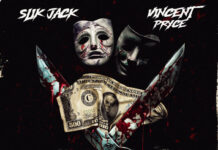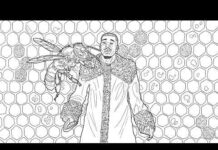Hip Hop was born in an environment of desolation, desperation, and despair. It was a response by inner city minority youth to the problems that affected their lives in the socioeconomically challenged environments of New York during the ’70s. Although music, dance, art, and fashion were all interwound into this movement, ultimately, the underlying result was empowerment. Recently a study was published showing the instances of untimely demise amongst artists from varying genres of music. Pop and rock categories were at 2.9% and 3.6% respectively in regard to death by homicide. Hip Hop/Rap, though listed separately, both sat at an overwhelming 51% in that same category. Some might assume that this is an inherent problem in the latter genre. However, it’s really a snapshot of what continues ailing the inner city.
An article in The New York Daily News cites a report that finds that “96% of shooting victims are black or Hispanic…” With this in mind, it’s no surprise that a musical genre born of the inner city is going to reflect its environment. The problem isn’t nearly as simple as dubbing a music genre more deadly. Instead, the same blight that plagued urban centers four decades ago, persists today. Clearly, solutions stem well-beyond music. However, looking back at Hip Hop architects’ messaging and approach to help improve their spirits and lives through an outlet that exuded upliftment and positivity, we see that these traits aren’t something overwhelmingly present in today’s music dubbed “Hip Hop.” Unlike the days when artists from Grandmaster Flash to Public Enemy used their art to empower youth, today, any such approach (i.e.- Kendrick Lamar) is an anomaly.
Beats and rhymes will not fix the ills of the inner city. However, there’s so much to be gained by embracing a movement that helps address what ails and endangers today’s inner city youth. If you’re an artist or producer that claims Hip Hop, celebrate its original purpose. Make art that empowers your community and uplifts your peers. This is what those kids in the impoverished neighborhood blocks of The Bronx did so many years ago. -Israel Vasquetelle



